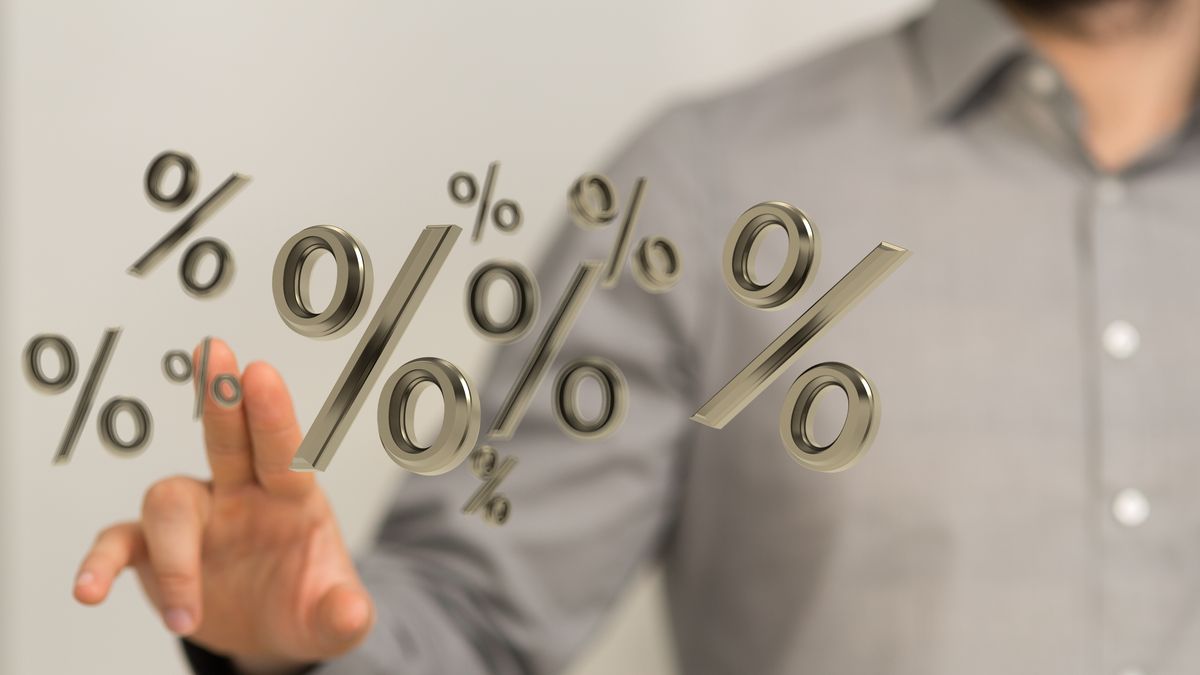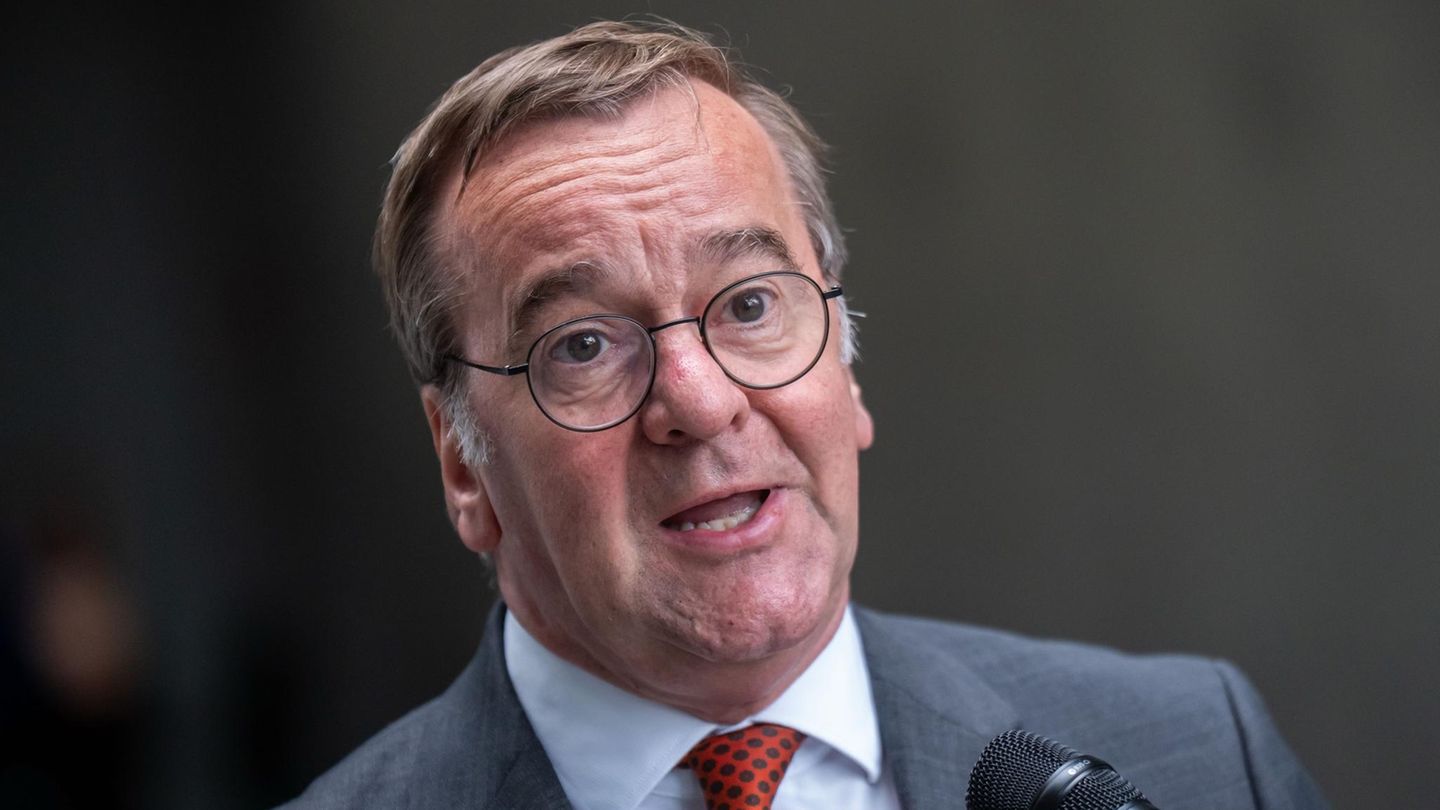Traditional fixed term versus UVA fixed term, what should be done? Given the electoral uncertainty and a sharp acceleration in inflation as a result of the 22% devaluation that occurred after the PASO, investors wonder what will happen this month and what will be the best option to safeguard the savings.
But before collecting the opinions of the experts, we will see how the UVA fixed term works. Let’s give an example the new CPI data that will be released next week. Several consultants maintain that the August measurement will be two digits, which will mean that that number will be transferred to the UVA fixed term only from September 13 to October 12.
But what happened in August? From the middle of that month until next week, the UVA is governed by the CPI for July, which was 6.3%, if it is compared with the interest of the traditional fixed term of the BCRA, it was delayed. It should be noted that the monthly interest rate stood at 8.1% until the week prior to the PASO and went to 9.8% one day after the elections.
Now, what will happen this month “Between traditional fixed term and UVA the grape is better by yield tied to a priori inflation considering that the UVA fixed term is 90 days“, he told this medium the economist Jorge Neyro but he expanded: “In any case, at electoral times, preferences are very biased towards the dollar in some variant.”
For Ignacio Morales, Financial Analyst at Wise Capital: “With the rates of the traditional fixed term at 118% TNA, it is more convenient to make a UVA fixed term. Today the traditional fixed term pays 9.7% TEM. During the next 11 days the UVA fixed term will yield below of that, 6.39% TEM, but As of September 16, the CPI for August begins to pay, which the market believes will exceed double digits (we estimate it at 10.5%). For September we expect it to be even higher (around 12%), and although we see a slowdown for October, in these times of total uncertainty we prioritize coverage.”
Had you lost your appetite for UVA time deposits?
According to the Central Bank (BCRA), the stock of traditional fixed terms was located on August 29 at $13,532 million, which implied a nominal increase of 8.9%. Instead UVA fixed terms were $273 million with a monthly decrease of 4.3% in nominal terms.
“Once the inflation data is known, we will have to wait if the Central Bank modifies interest rates. With today’s photo, I would tell you that the safest or most preferable would be a UVA fixed term because a very strong acceleration of inflation is expected, but in reality I would wait to know the inflation data that is given next week and see what the Central Bank does“, he told this medium financial analyst Christian Buteler.
Buteler also recalled that “If you make a fixed UVA term, you have to stay for three months. Given this, if the Central Bank modifies the rate, it may happen that during that time it has agreed to stay in a traditional fixed term.
Strategies to cover yourself this month
Financial analyst Salvador Di Stéfano in dialogue with Ambit said that one way to get “covered” is to diversify capital into 33% in traditional fixed term, 33% in UVA fixed term and 33% in dollar-linked bonds (In this last point, Negotiable Obligations or promissory notes linked to the wholesale dollar may also be considered).
Another strategy, according to Di Stefanocould be to divide the capital into: 25% traditional fixed term, 25% UVA fixed term, 25% dollar-linked instruments (sovereign bonds or promissory notes) and 25% MEP dollar or dollar-linked instruments such as sovereign bonds (volatility must be taken into account) or Negotiable Obligations.
“It depends on the degree of sophistication of the investor” Di Stéfano said and recalled that “behavior patterns have changed”, thus until the previous three months inflation was higher than the interest rate and devaluation, and now, despite the fact that the CPI accelerated, devaluation after the STEP was 22% and the TEA of the BCRA is 208%.
Source: Ambito
I am a 24-year-old writer and journalist who has been working in the news industry for the past two years. I write primarily about market news, so if you’re looking for insights into what’s going on in the stock market or economic indicators, you’ve come to the right place. I also dabble in writing articles on lifestyle trends and pop culture news.




